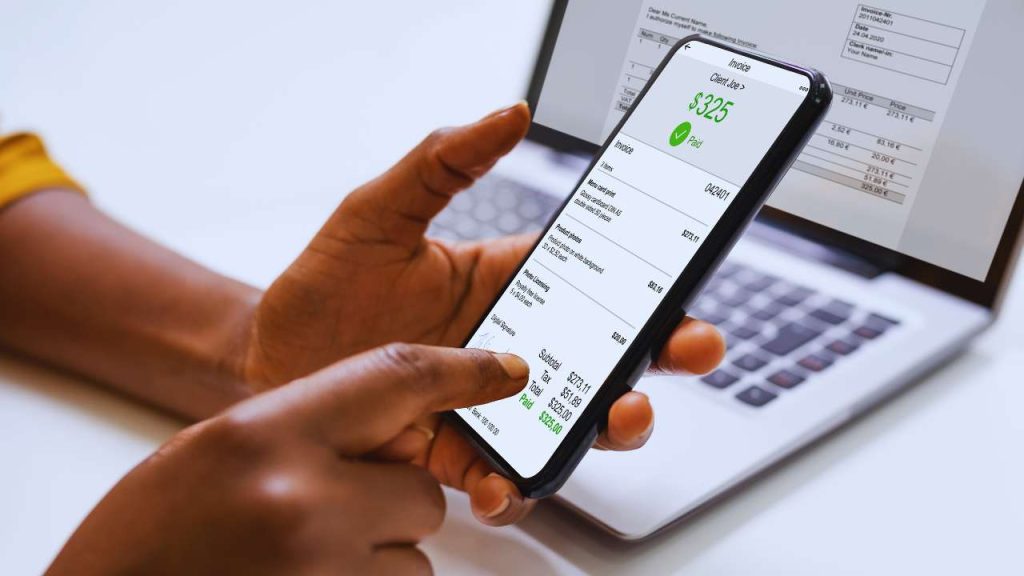Syllabus:
GS3: Inclusive growth and issues arising from it.
Context:
Recently, the Digital Payments Index (DPI) rose to 493.22 as of March 2025.
More on the News
- It is published by the Reserve Bank of India’s (RBI’s).
- The DPI rose from 465.33 in September 2024, reflecting the rapid adoption of digital payments in the country. In March last year, the RBI-DPI score stood at 445.50.
- The current level of 493.22 in March 2025 marks a more than fourfold increase in digital payment activity since 2018.
- Over 65,000 crore digital transactions have taken place in the last 6 years, amounting to more than Rs. 12,000 lakh crores.
Digital Payment Index
The Reserve Bank of India publishes this index semi-annually, with DPI recorded at the end of March and September for each year. The index indicates the extent of digitisation of payments in the country.
The RBI-DPI has been constituted with March 2018 as the base period which was assigned a score of 100. The index has been published on a semi-annual basis since 2021.
The DPI comprises five broad parameters that measure the deepening and penetration of digital payments in the country over time. These parameters includes:
- Payment enablers with a weightage of 25 per cent
- Payment infrastructure – demand-side factors at 10 per cent
- Payment infrastructure – supply-side factors at 10 per cent
- Payment performance with the highest weightage at 45 per cent
- Consumer centricity at 5 per cent
Each of these factors includes smaller sub-factors with measurable indicators.
Reasons for Rapid Adoption of Digital Payments
Robust growth in Unified Payments Interface (UPI) transactions: UPI has revolutionized digital payments in India with seamless transactions and innovations like UPI Lite and credit-on-UPI.
- In FY25, it handled 185.8 billion transactions worth ₹261 lakh crore, a 41% rise. Now powering 48.5% of global real-time payments, UPI’s dominance is reshaping the global payments landscape.
Expanded merchant acceptance network: More merchants, from large stores to small vendors, now accept digital payments due to easier onboarding, government support and affordable infrastructure.
- This wider reach, including rural areas, has boosted consumer adoption of cashless transactions.
Wider adoption of QR code-based payments: QR codes have made digital payments fast, easy, and contactless, especially for small purchases.
- Their low cost and UPI integration let even local vendors accept payments, driving widespread adoption across all user groups.
Improved availability of digital banking services nationwide: Banks and fintechs have boosted digital infrastructure, making services like UPI and mobile wallets widely accessible.
- Improved internet access, simpler KYC and mobile-first platforms have brought even the unbanked into the digital economy.
Government Initiatives
- Promotion of low-value BHIM-UPI transactions for small merchants: The government and NPCI (National Payments Corporation of India) have been promoting the use of BHIM-UPI for low-value transactions (typically under ₹200), especially among small and micro-merchants such as kirana stores, street vendors, and service providers.
- Trade Receivables Discounting System (TReDS): TReDS guidelines that allow for MSMEs to get their invoices discounted on the TReDS platform at competitive rates.
- Rationalization of Merchant Discount Rate (MDR) for Debit Card Transactions: By capping or eliminating MDR for debit card and RuPay transactions under certain thresholds, the policy encourages wider acceptance of digital payments, particularly in rural and semi-urban areas where adoption has been slower.
- Budget and Funding: RBI has setup a Payments Infrastructure Development Fund (PIDF) in 2021 to encourage deployment of digital payments acceptance infrastructure

